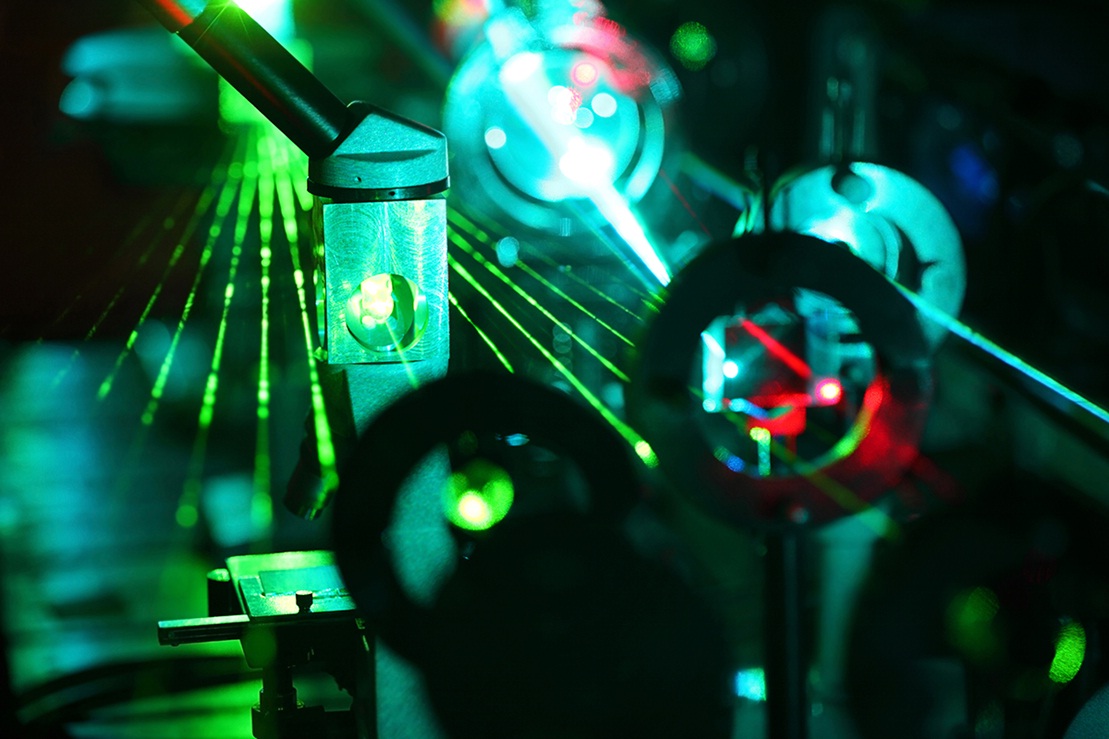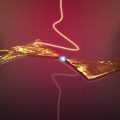
Researchers have found a way to turn tiny plastic beads coated with nanoparticles into a microlaser that stably converts and enhances infrared radiation.
An international group led by scientists fromMolecular Foundry found that when infrared light hits microscopic plastic balls, it interacts with thulium-doped nanoparticles on the surface and is reflected from them, like in a mirror room.
The beams can travel thousands of times around the entire surface of the microsphere in a fraction of a second. As a result, someparticles of light interact with each other, increasing their frequency and producing brighter light, while other frequencies are suppressed.
When the light intensity reaches a certainthreshold, it creates stronger radiation of a specific frequency, which leads to a cyclical process of amplification. The resulting structure, about the size of a red blood cell, produces intense light over a very narrow range.
After the team has placed the balls onan infrared stream of light with sufficient power, they became converting boost lasers. The laser radiation produced in this case has the lowest recorded power level among known similar structures.
The development opens the way to visualizing or monitoring biological activity using infrared light and to the production of optical computer chips.
Let us remind you that scientists have recently found a way to increase the speed of electronics by millions of times using light.
</p>




